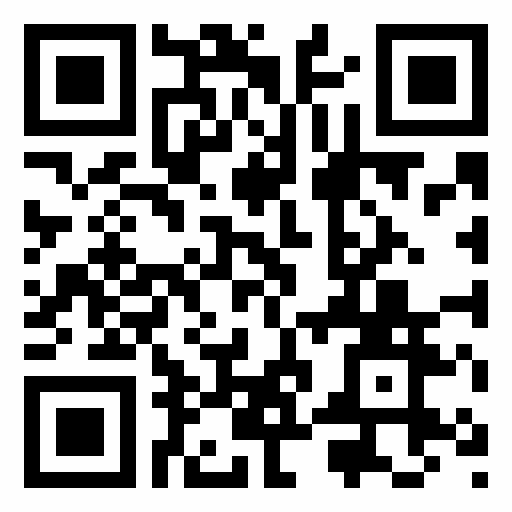Introduction: creating safety culture (SC) is the most important step in guaranteeing and improving patient safety (PS) and the first step in improving PS is assessing the SC of the hospitals. The purpose of the present study was to examine the aspects of patient safety-culture and to identify its strengths and weaknesses of from nurses' perspective.
Method: The study was descriptive cross-sectional. The sample was 214 people selected using Cochran formula and convenient sampling from among the nurses working in the largest academic hospital in Kermanshah, west Iran. Hospital Survey on PSC (HSOPSC) and personal information inventory were used to collect data. Data were analyzed using the Mann-Whitney Test, Kruskal–Wallis Test with the help of SPSS 19 at the significance level of 0.05.
Results: The total mean of the positive response rate of SC was 48.93 ± 14.07. The organizational learning area had the highest positive rating. The SC in the areas of giving feedback to errors, the frequency of reporting events, staff-related work issues, open communication channels, and non-punitive responses to errors had less than 50% points and needed serious intervention for promotion. Moreover, during the last year, 68.5% of nurses had no reports of any errors. SC scores had no significant correlation with individual variables of the nurses.
Conclusion: Patient safety culture (PSC) does not enjoy a good status in the studied hospital from the nurses' perspectives and needs planning and interventions of the hospital management for betterment of patient safety. Regarding this, systemic dealing with the events, creating non-punitive culture concerning errors, attention to solving employees' problems, and creating open communication between managers and employees must be given priority in management interventions.
